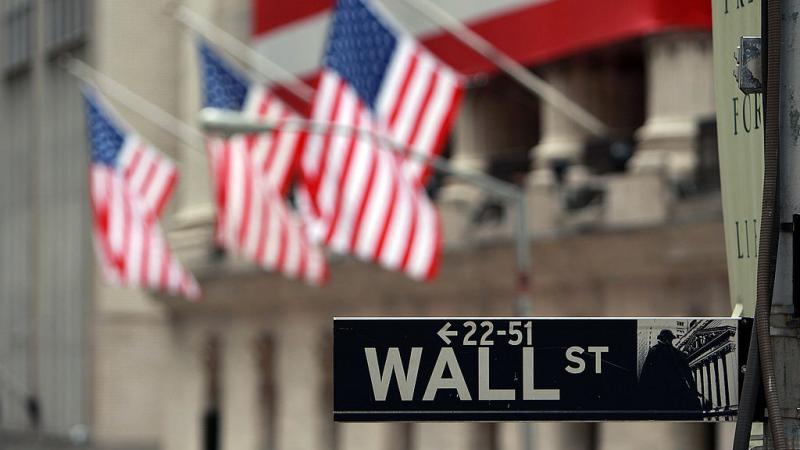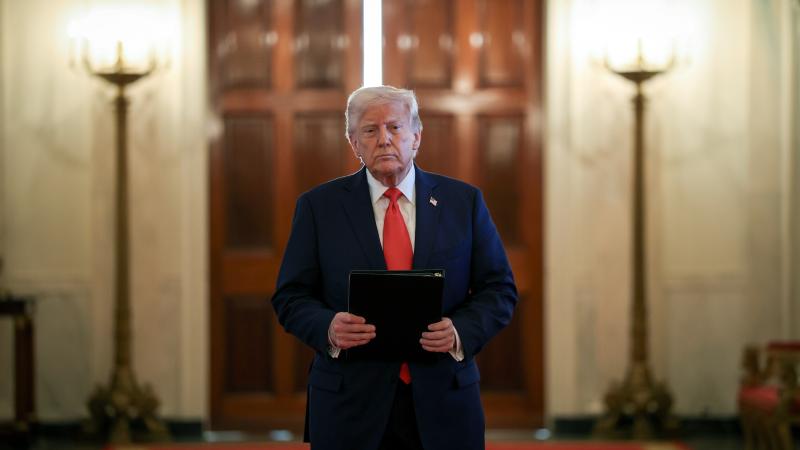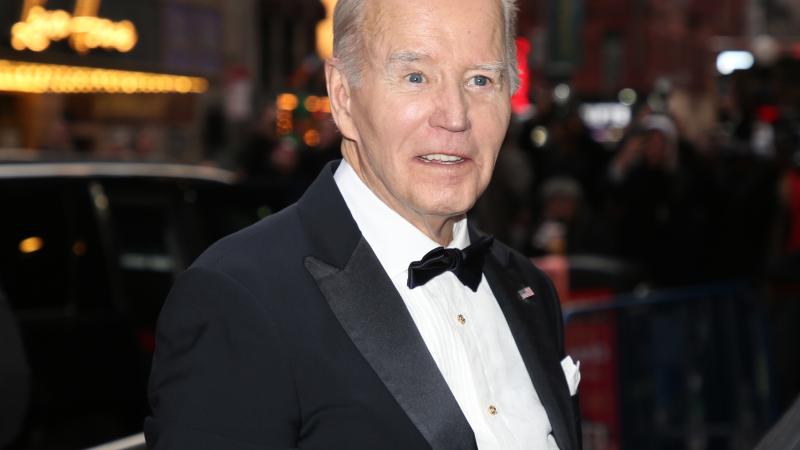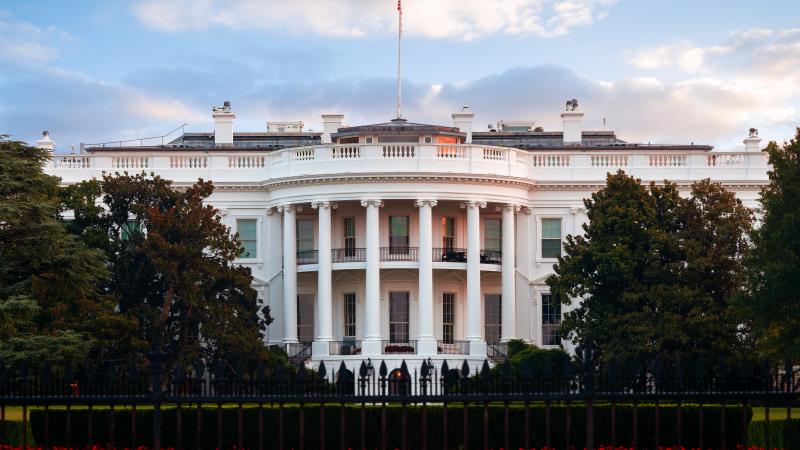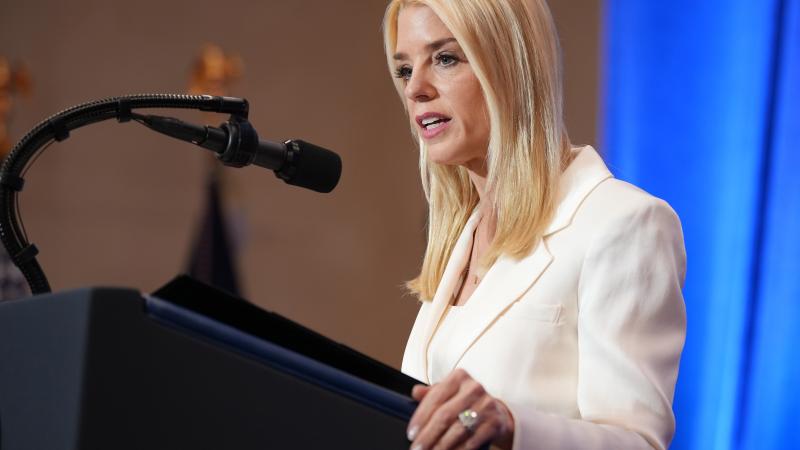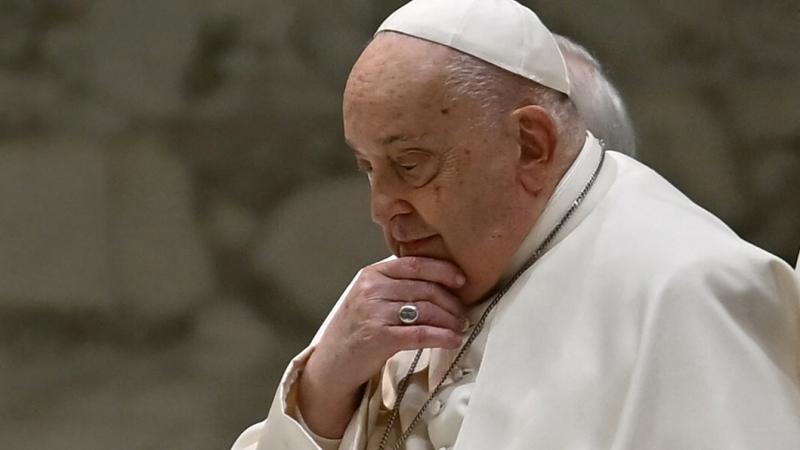Will you get $$$? COVID relief checks to arrive as early as next week
“People are going to see this money at the beginning of next week" -- Treasury Secretary Steven Mnuchin
Lawmakers finally rose above petty politics to agree on helping the American people, millions of whom have been financially crushed by the COVID-19 pandemic.
Treasury Secretary Steven Mnuchin said on Monday that a new round of stimulus checks -- just $600 this time, half the amount 150 million Americans received in the first stimulus package -- could start going out to Americans as soon as next week.
“People are going to see this money [at] the beginning of next week,” he said during an interview with CNBC. “Much needed relief — and just in time for the holidays.”
But fewer Americans will receive the checks this time around, Fox News reports.
"American adults who earned less than $75,000 in 2019 will receive the full $600 check, while couples who earned less than $150,000 will receive $1,200. The payments will be tapered for higher-earners (5% of the amount by which their adjusted gross incomes exceeded the initial threshold) and phased out completely for individuals who earn more than $87,000 and couples who earn more than $174,000," Fox wrote.
Dependents under the age of 17 are also eligible for $600 payments, which means an eligible family of four could receive as much as $2,400.
The New York Post has a nifty calculator here to see how much you might receive.
Just before the COVID-19 pandemic hit its peak in the U.S. in March, Congress passed a $2.2 trillion relief bill that included $1,200 direct payments to Americans called the Coronavirus Aid, Relief, and Economic Security — or CARES —Act. The Internal Revenue Service cut 153.1 million checks and direct deposits all the way through August, totaling $269.3 billion, The Associated Press reported.
The payments began rolling out in mid-April, about two weeks after the CARES Act was passed. More than 81 million payments were disbursed within weeks, totaling more than $147 billion, all through electronic transfers to recipients’ bank accounts, according to the Government Accountability Office.



